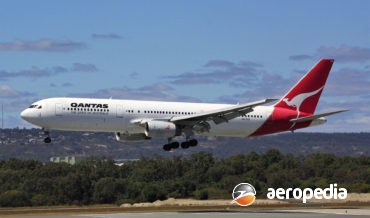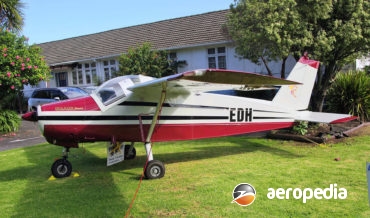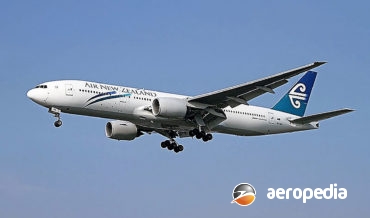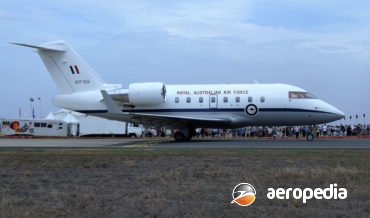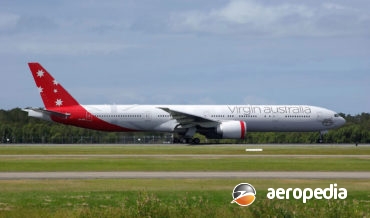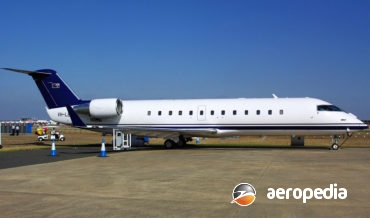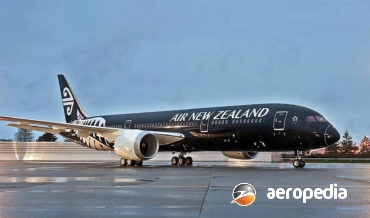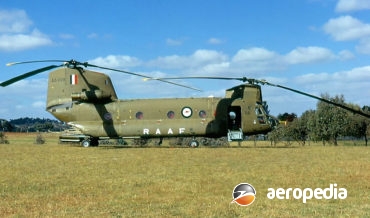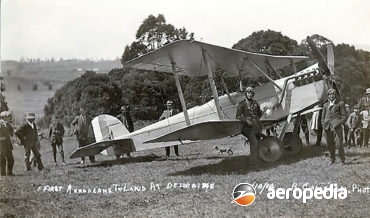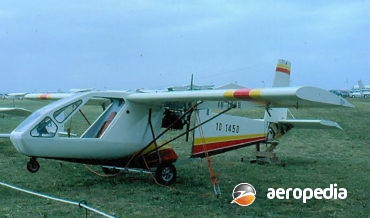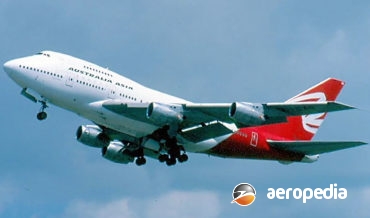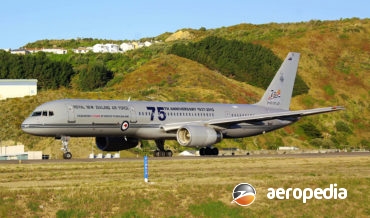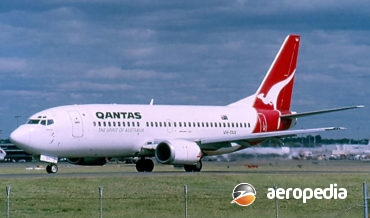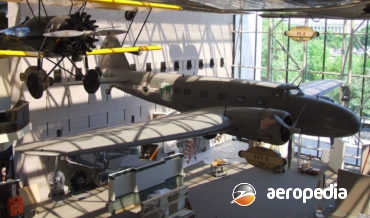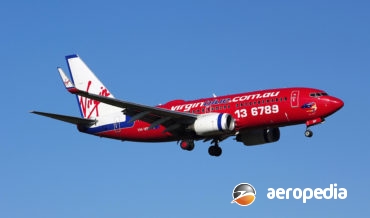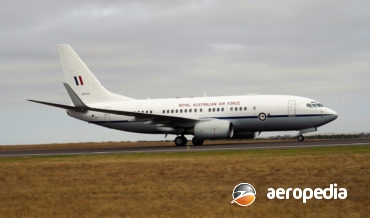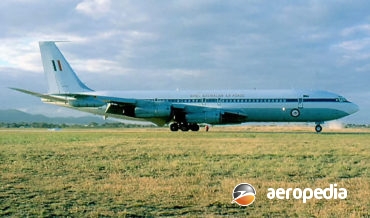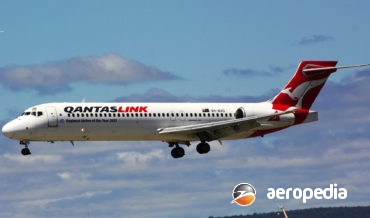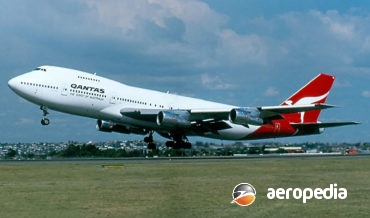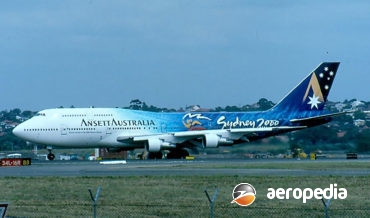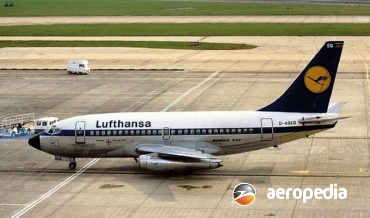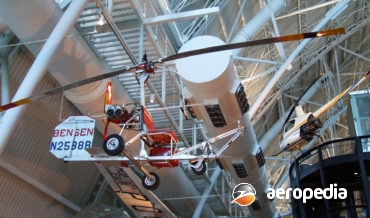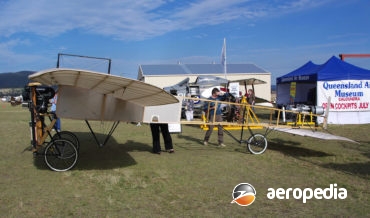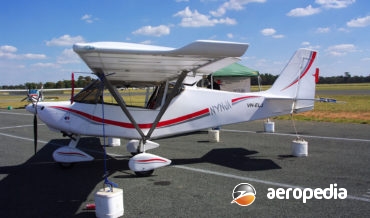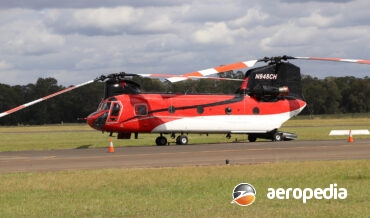All Contents
Contents
Following the success of the Model 767 wide-body twin-engine transport Boeing looked at increasing the aircrafts capacity by introducing the Model -300, an announcement being made in February 1983 that this model would be launched, the first order being received from Japan Air Lines.
David C. Eyre
- May 8, 2019
The BO-208 series of light aircraft emanated from the prototype built in the USA by Bjorn Andreasson, and flown for the first time on 10 October 1958.
David C. Eyre
- May 8, 2019
In October 1990 the board of the Boeing Company gave formal approval to launch the Boeing 777 wide-body twin-engined medium/long-range jetliner, United Airlines becoming the launch customer with an order for 68 aircraft, this being the first all-new Boeing airliner launched for some ten years.
David C. Eyre
- May 8, 2019
The Challenger 600 series of business aircraft has been produced since 1986 by Canadair, a division of Bombardier Aerospace, the aircraft previously being known as the Canadair Challenger.
David C. Eyre
- May 8, 2019
Following the success of the 777-200 series, Boeing introduced the 777-200ER in 1997, and this was followed by the stretched 777-300, which is 10.1 m (33 ft 3 in) longer than the 200.
David C. Eyre
- May 8, 2019
The Challenger 850 series of corporate aircraft was launched by Bombardier in May 2005, and is a development of the CRJ200 airliner.
David C. Eyre
- May 8, 2019
The Boeing 787 Dreamliner, initially known as the Boeing 7EA, was launched in 2004.
David C. Eyre
- May 8, 2019
In December 1986 Bombardier purchased Canadair from the Canadian Government, and launched the Challenger business jet programme.
David C. Eyre
- May 8, 2019
The 787-9 was the first variant of the very successful Boeing 787 series with a "stretched" or lengthened fuselage, the length being an extra 6.09 m (20 ft) increase to 63-m (206 ft).
David C. Eyre
- May 8, 2019
The Boredom Fighter was designed by Donald Wolf as a single-seat ultra-light aircraft to look like a classic aircraft of the 1920s and is marketed by Sirius Aviation in the United States.
David C. Eyre
- May 8, 2019
Designed to compete in a US Army competition for an aircraft to vertically lift a payload of 1,814 kg (4,000 lb) internally, or 7,258 kg (16,000 lb) externally, the Model 114 (designated YHC-1B by the US Army) made its first flight on 21 September 1961.
David C. Eyre
- May 8, 2019
Following the cessation of hostilities in World War I, Boulton & Paul Ltd, Riverside Works, Norwich designed a small two-seat wood and fabric biplane known as the P.6, this machine using some parts from the Sopwith Camel in its fuselage, this aircraft being able to be fitted with alternative sets
David C. Eyre
- May 8, 2019
The Boeing E-7A AEW & C is an adaptation of the Boeing Business Jet variant of the 737, combining the fuselage of the 737-500 with the strengthened wing and landing-gear of the 737-800.
David C. Eyre
- May 8, 2019
The Fly Baby was designed by the well known American historian and homebuilt designer, Mr Peter Bowers, to compete in a design competition held by the United States Experimental Aircraft Association and was aimed at being a simple low-cost, easy to fly, amateur built aircraft to be built by inexperienced
David C. Eyre
- May 8, 2019
The Boeing Model I, commonly referred to as the Boeing & Westervelt seaplane F, or B & W, is important in the annals of aviation as the first of a long-line of aircraft produced by Boeing.
David C. Eyre
- May 8, 2019
The JB-2 was designed by Melbourne designer, Rolf Brand, as a light sporting aircraft aimed at the homebuilder and sports aviation enthusiast.
David C. Eyre
- May 8, 2019
The Boeing 747SP, or Special Performance, version of the 747 series, was designed primarily to meet the requirements of airlines which had long-range routes where traffic density was insufficient to require the passenger capacity of the larger Boeing 747 series in standard form.
David C. Eyre
- May 8, 2019
In 1964 Boeing elected to add a short-haul airliner to its range of commercial jet transport to compete with the Douglas DC-9 and the BAC 111, both of which were then in an advanced stage of development.
David C. Eyre
- May 8, 2019
The 757 was designed as a short to medium haul airliner with a flight crew of two and seating from 178 (16 first class and 162 tourist class) to a maximum of 224 or 239 all-tourist class.
David C. Eyre
- May 8, 2019
Next variant built was the 737-300, designed to take advantage of more efficient engines and be able to carry more passengers.
David C. Eyre
- May 8, 2019
Next variant in the Boeing 737 series was the 737-400, which typically had a flight-crew of two and seating for 146.
David C. Eyre
- May 8, 2019
The prototype of the Boeing 247 (X13301 – c/n 1682) was flown for the first time on 8 February 1933, fitted with Pratt & Whitney Twin Wasp engines.
David C. Eyre
- May 8, 2019
Following the success of the first generation series 737s Boeing developed further models, the 737-600, -700, -800 and –900, the –600 and –700 being the smaller aircraft in the new series and featured more efficient CFM56-7 turbofans, this engine combining the core of the CFM56-5 engine with the low pressure
David C. Eyre
- May 8, 2019
Pan American Airways was a pioneer of scheduled air services in the South Pacific in the 1940s and sought a large flying boat to meet its requirements, Boeing with is Model 314 known as the Clipper obtaining the contract.
David C. Eyre
- May 8, 2019
Further models have appeared in the series, these being 737-800 and –900. Known as the next-generation airliners, they are the largest in the 737 series and have sold well around the world due to their high performance with new economical variants of the CFM56 series of turbofan engines.
David C. Eyre
- May 8, 2019
In 1952 the Boeing Aircraft Company indicated it proposed to build the prototype of a jet-powered airliner.
David C. Eyre
- May 8, 2019
With some 5,000 examples of the Boeing 737 series delivered, and by late 2005 some further 1,000 on order, the 737 has been the most commercially successful airliner and, with development continuing, it was highly likely that the Company would look at providing a business-jet version.
David C. Eyre
- May 8, 2019
Following some years of service with the 707-138 series Qantas looked to a larger and more powerful aircraft due to the increased traffic loads.
David C. Eyre
- May 8, 2019
The Boeing 737 MAX is a development of the 737 Next Generation series and is described as the fourth generation of the 737 series of narrow-body airliners produced by Boeing Commercial Airplanes. It will be fitted with variants of the CFM International Leap-1B turbofans, split-tip winglets and various modifications to
David C. Eyre
- May 8, 2019
Announced at the 1991 Paris Air Show, development of the prototype of this series began in late 1994 as the MD-95, the name being changed to Boeing 717 in January 1997 when the Douglas 100-seat programme was adopted by Boeing.
David C. Eyre
- May 8, 2019
Developed from the Boeing 707 series, the Boeing Model 747 was the first of the ‘wide body’ aircraft in the Boeing range of airliners.
David C. Eyre
- May 8, 2019
One of the best selling jet airliners of all time, the Boeing 727 series had sold 1,832 examples when production ceased in 1984.
David C. Eyre
- May 8, 2019
By the mid 1980s Boeing was looking to increase the life of the 747 series, and had placed in limited production the 747SP (Special performance) model and developed the 747-300 with an extended upper deck to permit the carriage of more passengers.
David C. Eyre
- May 8, 2019
In August 1965 Boeing announced the 727-200 to fill the requirements of operators which required a larger aircraft to meet demand.
David C. Eyre
- May 8, 2019
To increase range, performance and carrying capacity, Boeing moved on to the 747-400 in the late 1980s.
David C. Eyre
- May 8, 2019
The Boeing 737 series was designed for the Worlds short-to-medium airliner market and was a two-engine narrow-body aircraft and made its first flight in April 1967.
David C. Eyre
- May 8, 2019
The fore-runner of the popular gyrocopter, the Bensen series of machines was designed and developed in the mid 1950s by Dr Igor Benson, who had emigrated from Russia to the United States after World War II.
David C. Eyre
- May 8, 2019
The Bleriot XI first achieved fame on 25 July 1909 when the designer, a Frenchman, Louis Bleriot, flew a Bleriot XI across the English Channel.
David C. Eyre
- May 8, 2019
The Nynja was designed by Phillipe Prevot and is a logical development of the company’s previous designs, the Skyranger and the Swift.
David C. Eyre
- May 8, 2019
In 1956 Boeing Vertol commenced the development of an all-weather medium transport helicopter for the US Army, this eventually entering service as the CH-47.
David C. Eyre
- May 8, 2019
Recent Comments
Archives
Categories
- No categories
Categories
- No categories
Latest Posts
Newsletter

